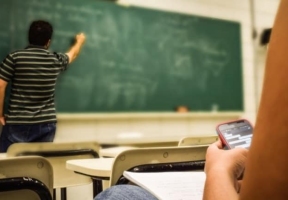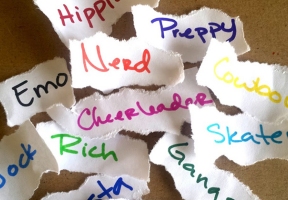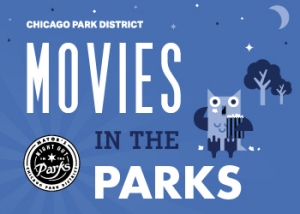

Researchers at the University of Illinois at Chicago, in collaboration with colleagues from the University of Texas at Austin, have found that while many high school peer crowds and influences have remained constant over time, changing demographics, cultural influences and the increasing number of college-bound youth have led to the emergence of new peer groups and perceptions. The study, which is published in the Journal of Adolescent Research, captured the perspectives and experiences of 61 recently graduated, ethnically diverse students through a series of semi-structured 90-minute focus groups. The participants, born between 1990 and 1997, were ages 19 to 26 and enrolled in two U.S. universities at the time of the focus groups, during which they were asked to describe the peer crowds that were most common in their high schools. The researchers, led by UIC’s Rachel Gordon, audio-recorded and transcribed the discussions, then analyzed the data by coding themes from the students’ responses. They identified 12 peer crowds and their positions in the social hierarchy. The participants generally endorsed crowds that engaged in conventional activities valued by school and society, like getting good grades and participating in extracurricular activities, despite viewing “populars” and “jocks” negatively for their tendency to party and bully others. The “druggie/stoner” crowd was seen as gaining status by being in the orbit of these top crowds, due to supplying drugs for parties. Other groups were shaped by current events, popular culture and social media.












